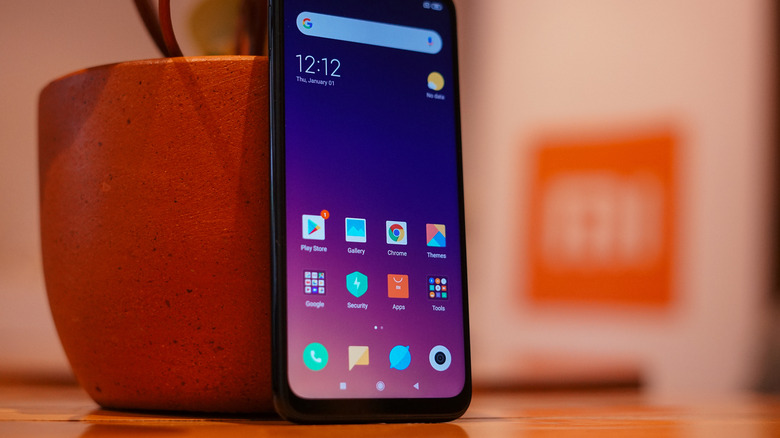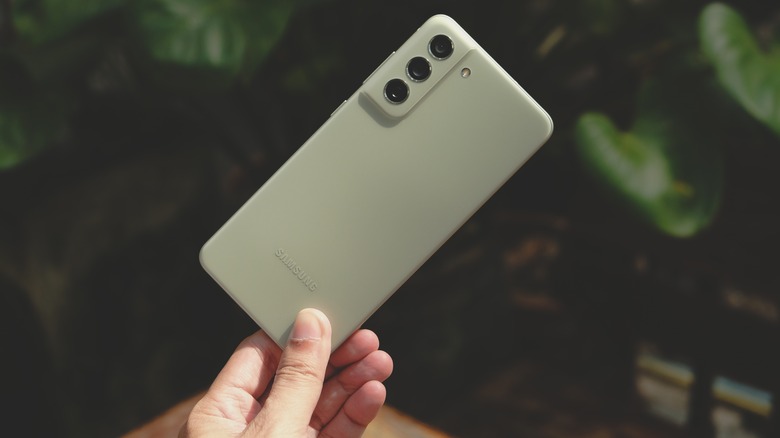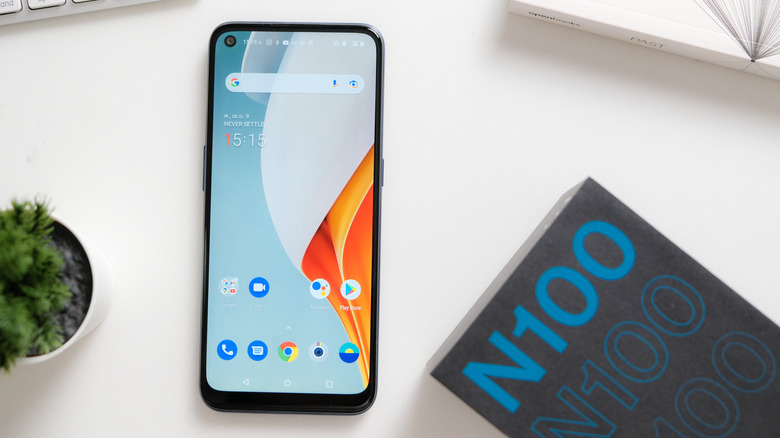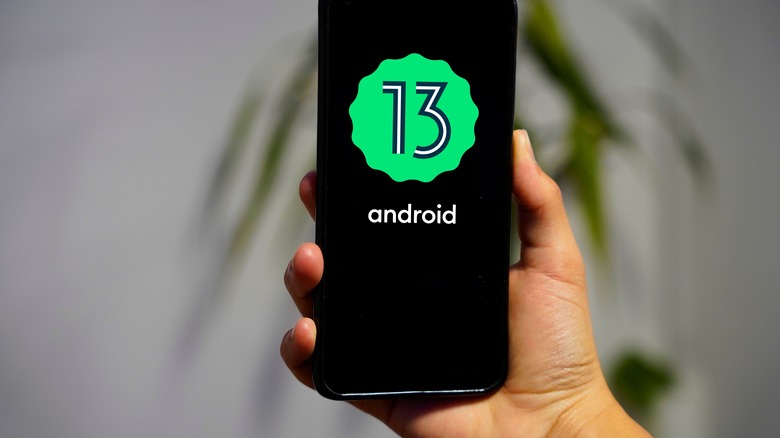How To Choose The Best Android Phone For Your Budget (2023)
In the world of Android, flagship phones undoubtedly get the most spotlight, like the Galaxy S23 Ultra or OnePlus 11. But even though it's thriving, the budget section of Android phones is often overlooked. Budget Android phones have been steadily getting better over the past decade. And their evolution has considerably narrowed the once-wide gap between premium and budget tiers.
Thanks to the rising competition from China, advances in hardware, and a seemingly endless selection of offerings from different manufacturers, there has never been a better time to buy a budget Android phone.
There's an Android phone on the market to fit every budget (starting from as low as $100). Naturally, it takes some flexibility because you will inevitably have to make some trade-offs.
But if you know what you're looking for, the quest for finding the best value for your budget shouldn't be too hard. Once you have compiled a list of potential candidates, it also helps to know how to pick the one that fits your budget and your day-to-day usage.
We'll explore helpful tips for picking the best budget Android in 2023.
Budget Androids in the midrange
The budget should be the first consideration when hunting for your next Android phone. Budget-friendly Android phones fall into the sub $700 category. But even within that range, there are three main tiers.
At $600-$700, the first tier is the upper mid-range or the flagship killer. Flagship killers feature high-end hardware, premium build quality, and few compromises. They essentially deliver a flagship experience (or at least close to it) but at a much lower price. With a flagship killer, you can expect a top-shelf chip (it might be a bit old), an excellent display, and a decent camera setup.
The Galaxy S21 Fe from Samsung's Fan Edition series, Realme's GT series, and the Google Pixel 6A are some modern Androids that belong to this budget class.
Then we have the mid-rangers. The performance takes a hit in this bracket. It's not poor, but the chipsets aren't as cutting-edge or fast as you would find in the flagship or flagship killer class.
You can daily drive them without noticing a hitch until, say, you're playing a graphics-intensive game. You also have to sacrifice more advanced features like stellar speakers or wireless charging. A typical mid-ranger can set you back anywhere between $400 and $600.
True budget Androids
The quintessential budget Android phone starts from $200 and goes up to $400. You'll find the widest selection of phones in this tier. The Nord series from OnePlus and Samsung's Galaxy A lineup belong to this line. The chipsets in these phones aren't designed to deliver blistering-fast performance. But they do well for everyday use and some light gaming. Many feature 5G connectivity, lots of storage, long battery life, fast charging, and the latest UI features. But they fall short, often because of mediocre cameras, screens, and processors.
Lastly, we have entry-level Android phones. These Androids cut back on every feature and specification for a singular purpose — hitting that $100 mark. You find underperforming cameras, lacking displays, average build quality, and old-gen chips in this budget. Surprisingly enough, many of these phones deliver excellent battery and charging specs.
Whichever type of budget Android suits your vision best, contrast and compare phones from different manufacturers before you add a phone to the cart. You can use sites like GSMArena (or the official manufacturer's page) to see their specifications side-by-side. You can even come up with a list of pros and cons for each.
Pick your poison
Once you've settled on the budget, the next consideration should be what you intend to use the phone for most. Budget Android phones, in particular, aren't designed to do everything. They usually strengthen one aspect at the expense of others.
If you're a shutterbug, look for phones with big apertures, larger sensors, image stabilization, and feature-packed camera apps. Generally speaking, the camera quality will suffer on the lower tiers, but you can find reasonable options in every category.
Some budget phones are made to deliver better gaming performance. They offer displays with higher refresh rates, improved UI experience, stronger chipsets (at least compared to others in the same bracket), better heat management, and lasting battery life. The Asus ROG series belongs to this line of Androids. Check out our list of top gaming Android phones in 2023.
Yet, for others, aesthetics are placed front and center. They're crafted to look and feel like their much higher-end competition. Design-first Androids feature better build quality, come in a wide selection of colors, and often follow the latest trends in the industry.
As a rule of thumb, avoid phones with aged processors and old versions of Android. Budget phones don't get as many OS upgrades as flagships. So if you're starting with an old-gen chip or Android version, it'll show its age much faster.



